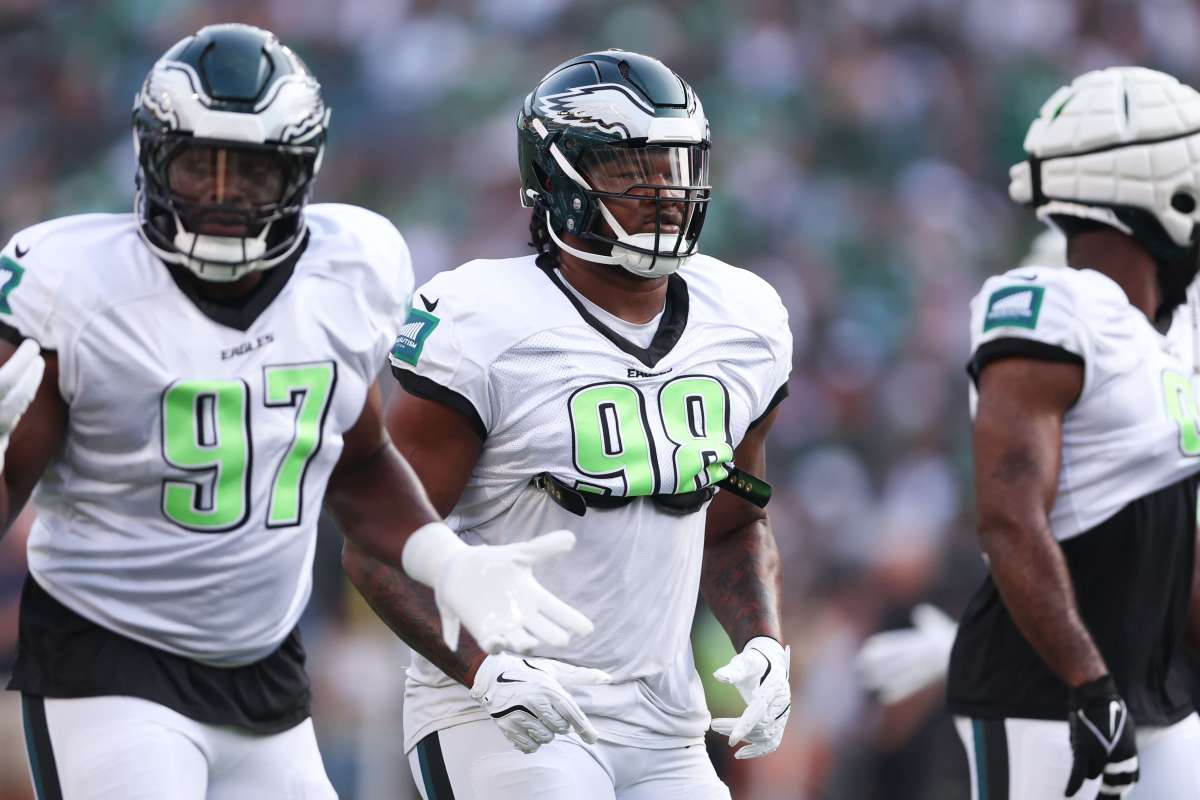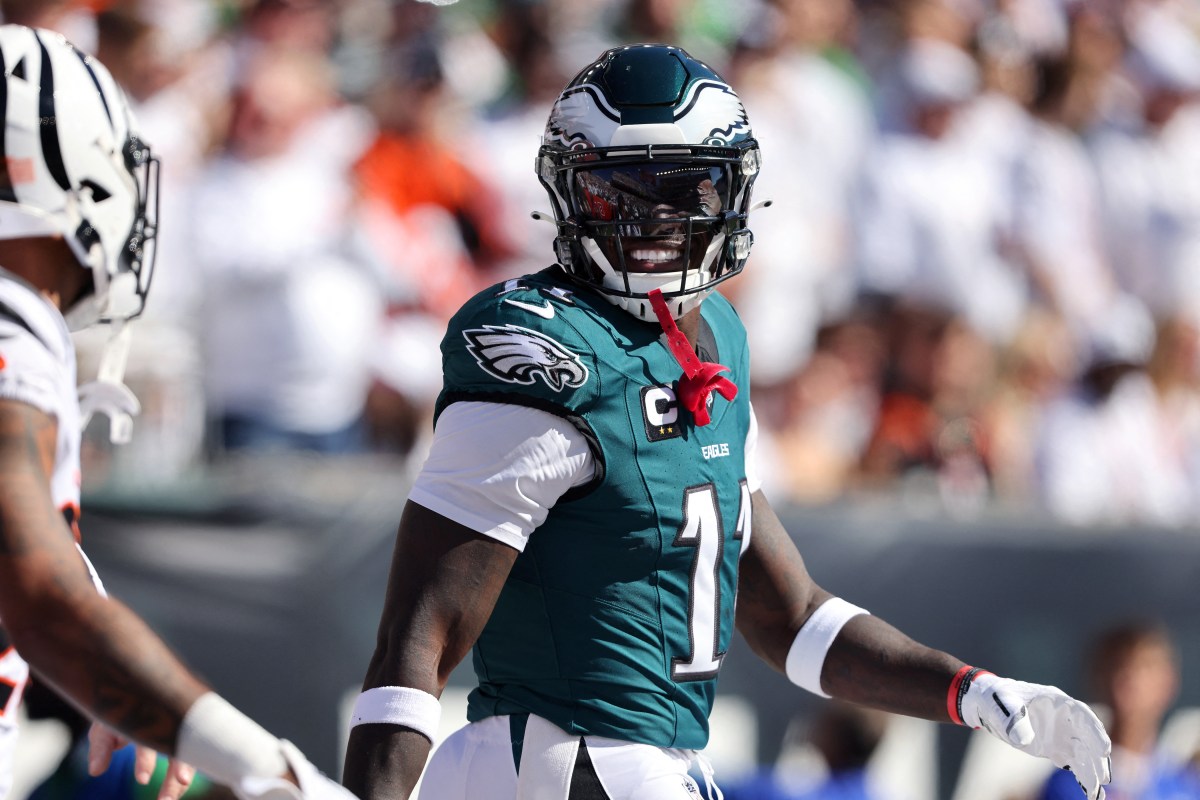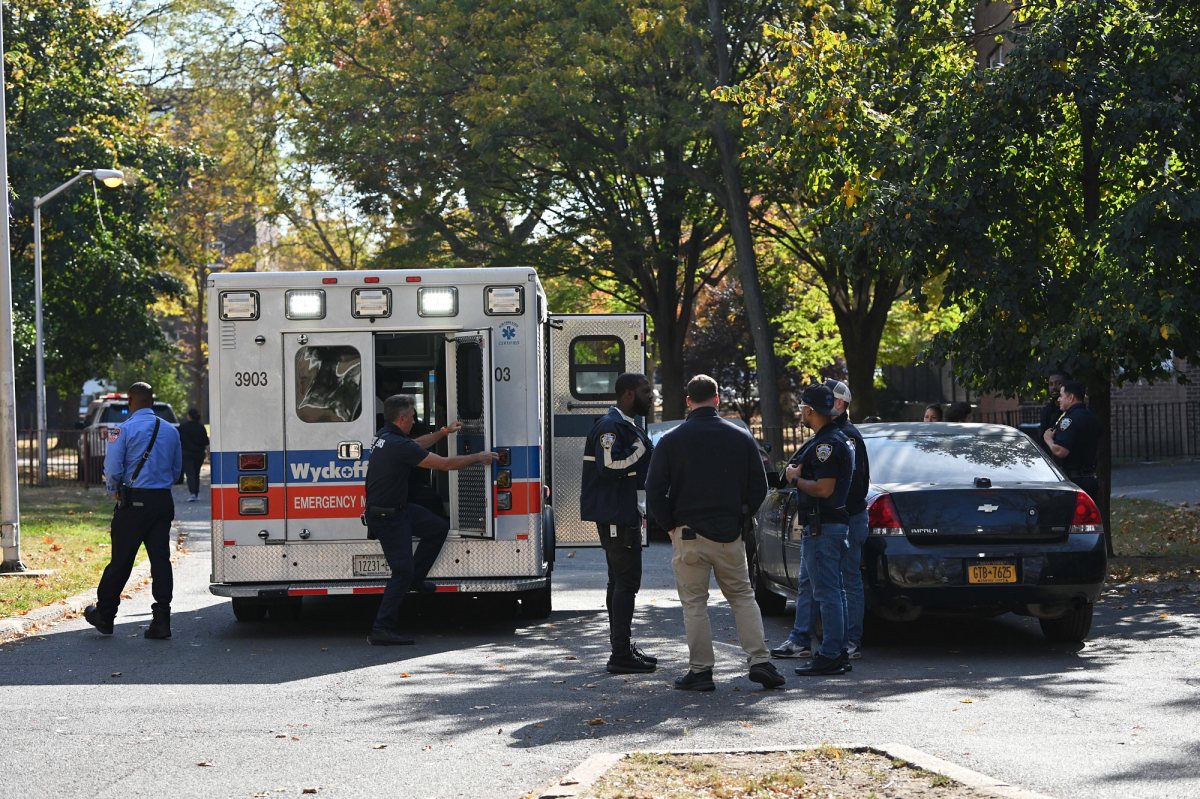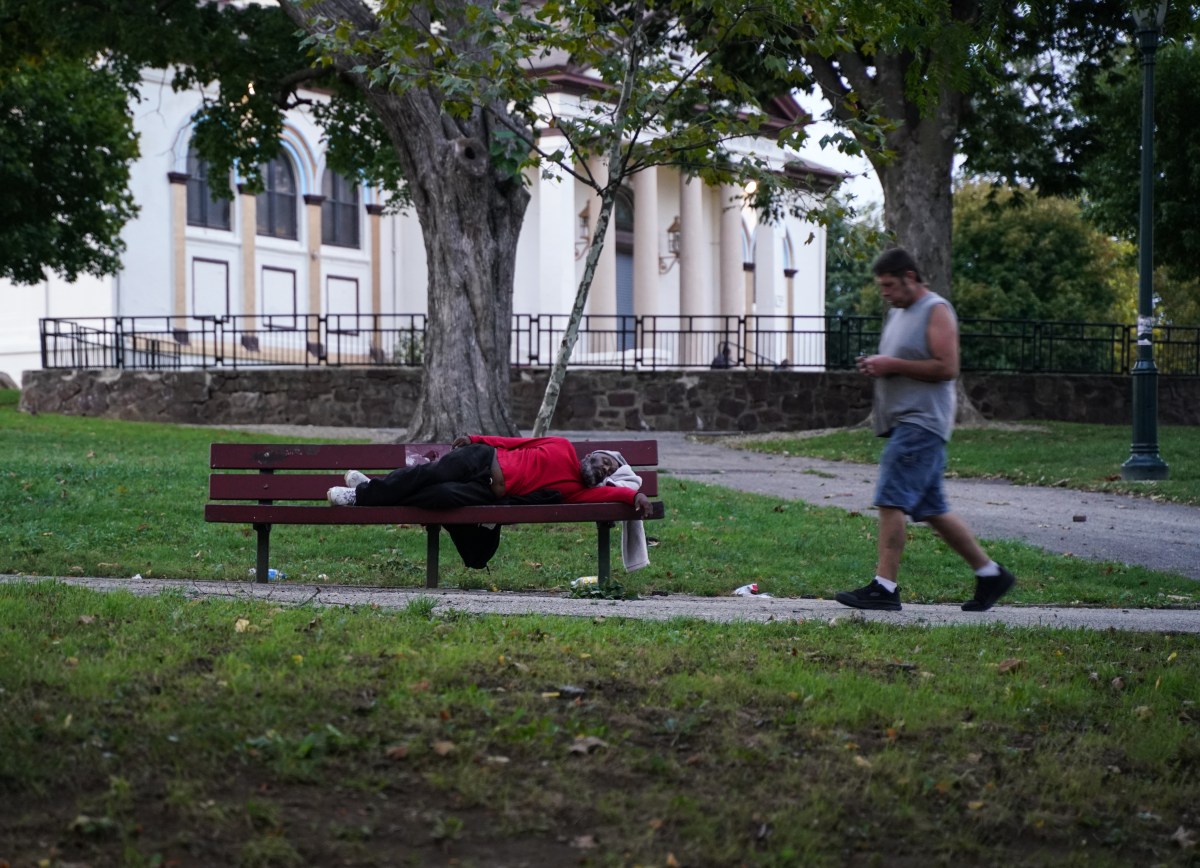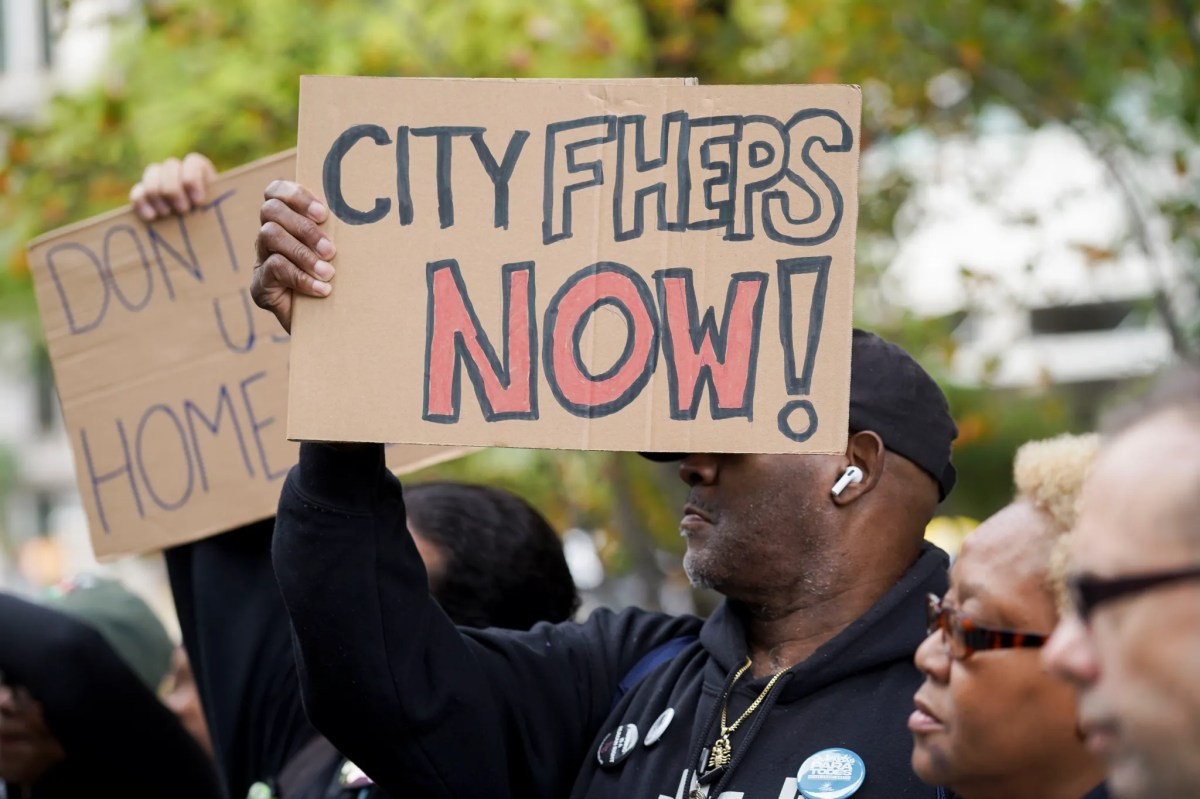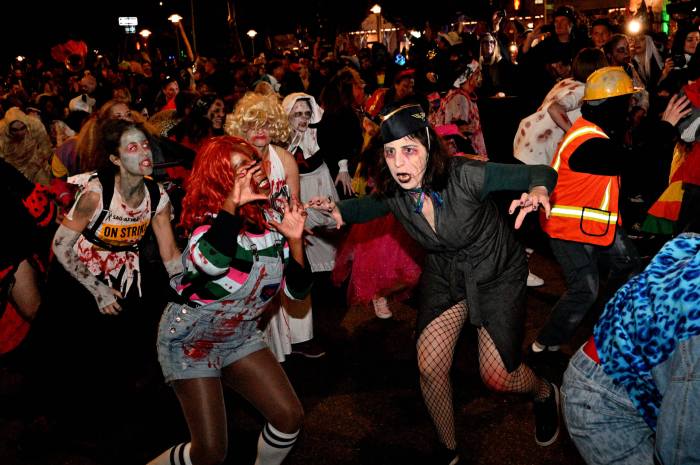WASHINGTON (AP) — A strong hiring report for June has assuaged fears that the U.S. economy might be on the cusp of a recession — and highlighted the resilience of the nation’s job market.
Yet the figures the government released Friday also spotlighted the sharp divide between the healthy labor market and the rest of the economy: Inflation has soared to 40-year highs, consumers are increasingly gloomy, home sales and manufacturing are weakening and the economy might actually have shrunk for the past six months.
The contrasting picture suggests an economy at a crossroads. Strong hiring and wage growth could help stave off recession. Or, conversely, painful inflation and steadily higher borrowing rates engineered by the Federal Reserve could discourage consumer and business spending and weaken growth, eventually leading businesses to scale back hiring or even cut jobs.
For now, at least, the latest jobs data from the Labor Department shows that many businesses still want to keep hiring. Employers added 372,000 jobs in June, a surprisingly robust gain and in line with the pace of the previous two months. Economists had expected job growth to slow sharply last month given the broader signs of economic weakness.
The unemployment rate remained 3.6% for a fourth straight month, matching a near-50-year low that was reached before the pandemic struck in early 2020.
“For all the doom and gloom that’s in the markets right now, companies themselves still seem pretty upbeat on their own progress,” said James Knightley, chief economist at ING, a bank. “It sort of dampens the near-term fear that we’re heading into an impending recession.”
Still, there’s plenty of uncertainty clouding the economy’s outlook. Consumers cut back on their spending, when adjusted for inflation, in May for the first time this year. Home sales have fallen 9% from a year ago. And the Federal Reserve is raising its key interest rate at the fastest pace in three decades, with the goal of cooling consumer and business spending and curbing inflation but heightening the risk that it will eventually cause a recession.
“The economic tea leaves get harder to read when the economy is at a turning point,” said Daniel Zhao, senior economist at employment website Glassdoor. “Or, put another way, turning points are only obvious in hindsight.”
Jason Furman, a Harvard economist who was a top economic adviser to President Barack Obama, said the gap between the healthy jobs data and the overall economic picture is the widest it’s been in 70 years. In the first half this year, employers added 2.7 million jobs, even while other data suggests that the overall economy contracted during that time.
“Everything about the economy over the last 2 1/2 years,” Furman said, “has been extremely unusual, and it continues to be.”
Furman noted that the data on economic growth might be revised in the coming months to show that the economy actually did expand earlier this year, at least slightly. Or, many employers might be playing catch-up on hiring after having struggled to find workers for months and may soon scale back staffing as the economy contracts.
For now, numerous sectors of the economy posted strong job gains in June. Health care added 78,000, transportation and warehousing 36,000 and professional services — a category that includes accounting, engineering, and legal services — gained 74,000. And a sector that includes mainly restaurants, hotels and entertainment jobs added 67,000.
John Schall, the owner of a Boston-based Tex-Mex restaurant chain called El Jefe’s Taqueria, is enjoying strong sales growth and says he’s optimistic about his business. He plans to open his eighth restaurant next week in Pittsburgh. Schall has hired five managers there and will add up to 30 hourly workers.
Having opened six stores in the chaotic two years since the pandemic struck, he is relatively unfazed by inflation and supply chain problems.
“All of them are issues, but overall, I couldn’t be more excited about where we’re at and where we’re going,” Schall said.
Rising prices have eroded his profits, he said, but he thinks inflation will prove temporary, so he isn’t planning price increases beyond one he imposed nine months ago.
Yet some companies are announcing layoffs or have paused hiring. In particular, several large retailers, including Walmart and Amazon, have said they over-hired during the pandemic, with Walmart reducing its headcount by attrition. Retailers cut an average of 9,000 jobs a month in the April-June quarter, after having added 70,000 a month from January through March. That trend may mean that stores anticipate slower spending ahead.
Leah Kirpalani, the founder of Shop Good, a “clean beauty” and wellness business with two locations in San Diego, is watching her sales nervously. She’s noticed that consumers are increasingly focusing on essentials like moisturizers and cleansers. Most aren’t picking up extra products like serums, she said, and they’re being hesitant about trying new products.
For now, she has no plans to reduce staff. But that could change if conditions worsen.
The Fed may regard the strong June job gain as evidence that the rapid pace of hiring is further feeding inflation as companies raise pay to attract workers and then increase prices to cover their higher labor costs.
Yet Friday’s jobs report suggested that such a “wage-price spiral” isn’t yet happening, an encouraging sign in the central bank’s inflation fight. Average hourly pay rose 5.1% in June compared with a year earlier, down from a peak of 5.6% in March.
When the government reports next week on last month’s inflation, the figure will likely remain high and might even top the 8.6% year-over-year reading in May. But many economists think falling prices for oil, gasoline and other commodities like wheat and lumber will slow overall inflation in coming months.
Still, inflation remains an urgent concern for most Americans, frustrating efforts by President Joe Biden to gain credit for what’s been an historically rapid jobs recovery from the pandemic recession. The nation has now recovered all the private sector jobs lost to the pandemic downturn, a little more than two years after it struck. By contrast, it took nearly five years to regain all the jobs lost in the 2008-2009 Great Recession.
Fed Chair Jerome Powell has held out hope that the economy will continue to expand even as the central bank raises borrowing costs. But Powell has also acknowledged that overseas factors, such as Russia’s invasion of Ukraine, which has elevated gas and food prices, will make it difficult to avoid a downturn.
Last month, he conceded that a recession “is not our intended outcome but it’s certainly a possibility.”
AP Business Writer Anne D’Innocenzio contributed to this story from New York.







